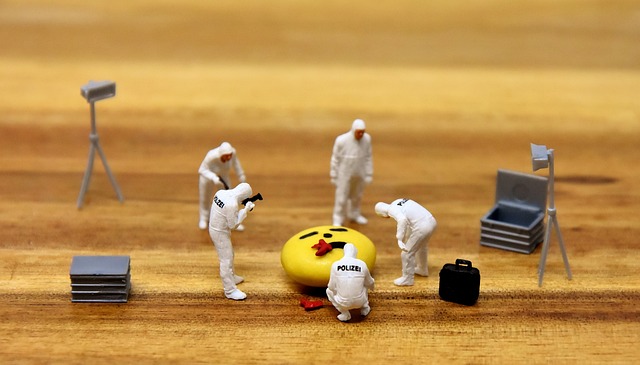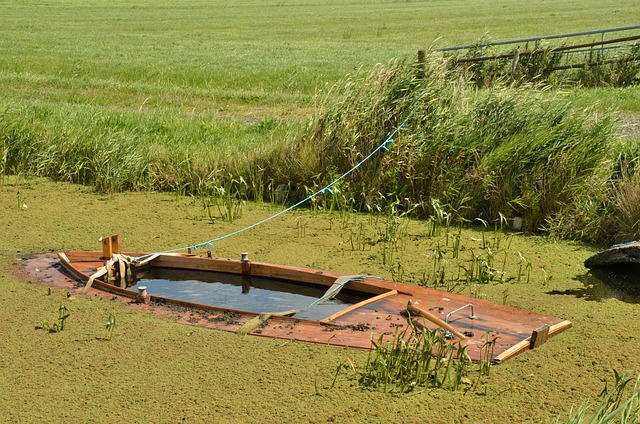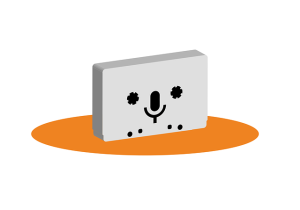Water line leaks, caused by aging pipes, corrosion, or faulty fittings, can lead to significant damage. Traditional detection methods are limited and often miss hidden leaks. Advanced technologies like infrared cameras, ground-penetrating radar (GPR), acoustic sensors, and smart meters offer real-time data and precise leak identification. Professionals use these tools to swiftly detect and repair issues without causing further damage. Regular maintenance, including inspections, repairs, insulation, and water-efficient fixtures, is crucial for prevention. Proactive measures reduce water waste, save costs, and preserve infrastructure integrity, with successful implementations leading to substantial water conservation globally.
Water line leaks are a common yet costly problem for homes and businesses. Understanding the causes and effects is the first step in mitigating significant damage. This article delves into the world of leak detection, exploring both traditional methods and advanced technologies. We discuss non-invasive techniques, the crucial role of professionals, and preventive maintenance tips. By understanding these aspects, you’ll be better equipped to navigate the challenges of water line leaks and implement effective detection strategies.
Understanding Water Line Leaks: Common Causes and Effects

Water line leaks, often overlooked, can lead to significant issues within homes and commercial properties. Understanding their common causes is essential for prompt leak detection. One primary cause is pipe corrosion, accelerated by aging pipes, harsh chemicals, or mineral deposits. Another frequent culprit is faulty joints or fittings, which may loosen over time due to movement or pressure fluctuations. These problems can go unnoticed until visible signs appear, such as discolored water or unexplained spikes in water bills.
The effects of water line leaks are far-reaching. They not only result in wasteful water loss but also pose potential structural damage by weakening floors and walls. Moreover, continuous water seepage can lead to mold growth and reduced indoor air quality. Prompt leak detection is crucial to mitigate these issues, ensuring the preservation of property and resources. Effective solutions involve regular inspection, using advanced technologies like infrared cameras or ground-penetrating radar for early detection, and addressing leaks through professional repair or replacement services.
Traditional Leak Detection Methods: Advantages and Limitations

Traditional leak detection methods have relied on a combination of visual inspection and manual testing. This involves physically checking for visible signs of water damage, such as dripping taps or puddles, and employing tools like pressure gauges to identify potential leaks. While this approach is straightforward, it has several limitations. Visual inspections can often miss hidden leaks behind walls or under floors, and manual tests are time-consuming and may not detect issues until they’ve already caused significant damage.
Moreover, traditional methods lack real-time data and remote monitoring capabilities, making it difficult to track and manage water losses effectively. They also don’t provide continuous surveillance, meaning potential leaks can go undetected for extended periods, leading to substantial waste and financial loss. These drawbacks highlight the need for advanced leak detection technologies that offer greater precision, efficiency, and proactive monitoring in the realm of water line leak detection.
Advanced Technology in Water Line Leak Detection

In the realm of water line leak detection, advanced technology has revolutionized the way we identify and address potential issues. Modern methods go beyond traditional methods, employing sophisticated tools and techniques to pinpoint leaks with unprecedented accuracy. One such innovation is the use of smart sensors that can detect even minute changes in water pressure, enabling early detection of leaks before they escalate. These sensors are connected to centralized monitoring systems, allowing for real-time data analysis and immediate alerts when anomalies are detected.
Additionally, remote sensing technologies, such as satellite imagery and drone surveillance, offer a comprehensive view of underground pipelines. By analyzing patterns and anomalies in water consumption and distribution, these tools can identify potential leak locations even before they surface. This proactive approach not only saves valuable time but also significantly reduces the impact on water infrastructure and ensures more efficient water management.
Non-Invasive Techniques for Locating Leaks

Non-invasive techniques have revolutionized leak detection, offering a safe and efficient way to identify water line leaks without causing any damage. These methods employ advanced technologies like acoustic sensors, ground-penetrating radar (GPR), and thermal imaging cameras. Acoustic sensors emit sound waves that travel through pipes and walls, reflecting off leak sites and providing precise location data. GPR uses radio waves to create detailed images of the subsurface, allowing professionals to detect anomalies and pinpoint leaks without excavation.
Thermal imaging cameras, on the other hand, capture temperature variations along pipe surfaces, with water leaks creating hot spots due to energy loss. This visual representation helps in quickly identifying weak points and potential leak sources. These non-invasive techniques are not only environmentally friendly but also cost-effective, as they eliminate the need for digging, reducing disruption to infrastructure and saving time and resources during maintenance and repair operations.
The Role of Professionals in Efficient Leak Detection

Professionals play a pivotal role in efficient water line leak detection, employing advanced tools and techniques to pinpoint issues swiftly. Their expertise involves utilizing sonar technology, thermal imaging, and ground-penetrating radar to detect leaks beneath the surface, minimizing damage and interruption. These specialists are trained to navigate complex underground landscapes, ensuring accurate identification of problem areas without causing further complications.
By leveraging their skills and state-of-the-art equipment, professionals can significantly reduce the time and resources required for leak detection. Their work is crucial in preserving infrastructure integrity, as early detection prevents minor leaks from escalating into costly and disruptive main breaks. Trusting professionals for leak detection offers peace of mind, ensuring water systems operate efficiently and reliably.
Preventive Measures: Maintenance Tips to Avoid Water Line Leaks

Regular maintenance is key in preventing water line leaks. Schedule periodic inspections to identify and address potential issues before they escalate. Check for signs of corrosion, especially in older pipes, as this can be an early indicator of damage. Keep an eye out for unusual noises coming from pipes, as these might suggest a leak. Promptly repair any exposed pipes, as they are more susceptible to damage and leakage. Insulate pipes effectively, especially in areas prone to temperature extremes, to prevent sudden expansions or contractions that could lead to cracks.
Implement a regular cleaning routine to remove sediment buildup, which can cause blockages and increased water pressure, leading to leaks. Ensure proper drainage systems are in place and unclogged to facilitate the smooth flow of water. Avoid overloading your plumbing system by installing water-efficient fixtures and appliances, reducing water usage, and minimizing stress on the pipes. Keep an inventory of all plumbing materials and components, including spare parts, to enable swift replacement during maintenance or in case of emergencies.
Case Studies: Successful Leak Detection and Repair Strategies

Successful leak detection and repair strategies have been instrumental in minimizing water wastage and saving costs for numerous communities worldwide. Case studies from urban areas highlight the effectiveness of advanced technologies such as smart meters and non-invasive surveillance systems. These innovations enable utility companies to identify leaks promptly, even in remote locations, thus reducing damage and disruption.
For instance, a study in a major metropolis revealed that implementing a real-time leak detection system led to a 20% reduction in water losses within the first year. Similarly, in rural settings, targeted inspections and community awareness campaigns have proven successful. Local governments organized workshops to educate residents on recognizing signs of leaks and encouraged them to report suspicious activities. This collaborative approach not only fostered a sense of ownership but also resulted in a significant decrease in undetected leaks, leading to substantial water conservation.
